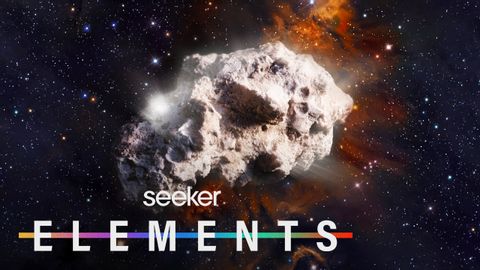太陽系の進化を支える恒星間彗星とは? (Meet the Interstellar Comet Helping Map the Solar System’s Evolution)
Summer が 2021 年 07 月 12 日 に投稿  この条件に一致する単語はありません
この条件に一致する単語はありませんUS /ˈʌltəmɪtli/
・
UK /ˈʌltɪmətli/
US /ˈprɑsˌɛs, ˈproˌsɛs/
・
UK /prə'ses/
- v.t.(コンピュータの)データを処理する;処理する;処理する;一連の工程を経る;加工する : 加工処理する;理解する
- n. (c./u.)手続き;一連の行為;方法;訴訟手続き;プロセス (コンピューター)
US /ɪk'strimlɪ/
・
UK /ɪkˈstri:mli/
エネルギーを使用
すべての単語を解除
発音・解説・フィルター機能を解除
